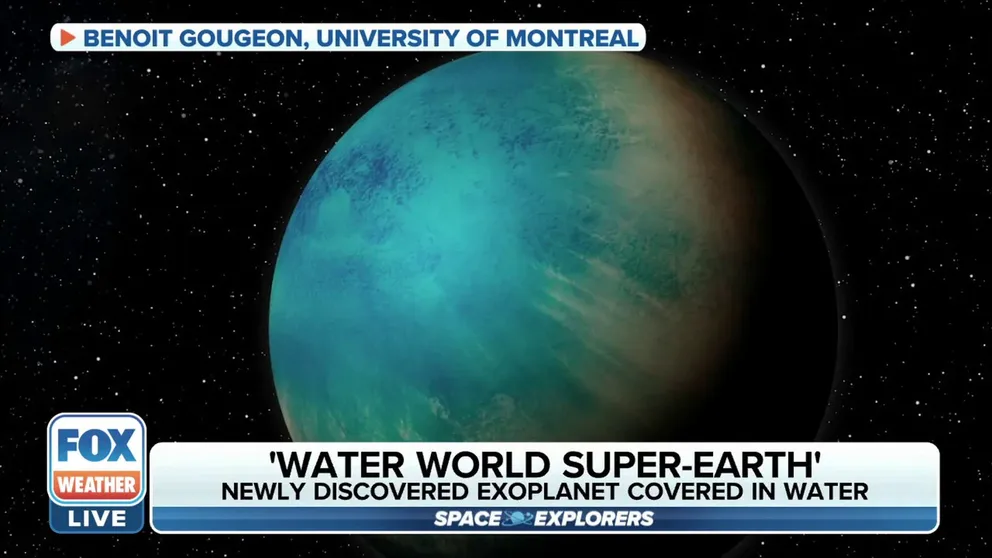NASA: Life may exist in oceans, geysers of 17 icy exoplanets
These findings expand the search for life in the universe, as it bucks the typical approach of finding liquid water, a necessary ingredient for life.
FILE: Newly discovered 'super-Earth' exoplanet could be 'water world'
Astronomers have discovered a new exoplanet orbiting a distant star that might constitute a "super-Earth" completely covered in water.
Oceans with the potential for harboring life may be hidden underneath the icy shells of 17 worlds outside our solar system, according to a recent NASA study.
These findings expand the search for life in the universe, as it bucks the typical approach to finding liquid water, a necessary ingredient for life.
The search for life usually involves finding exoplanets that exist within their host star’s "habitable zone," an area close enough to the star and its heat to make liquid water possible on the exoplanet’s surface.
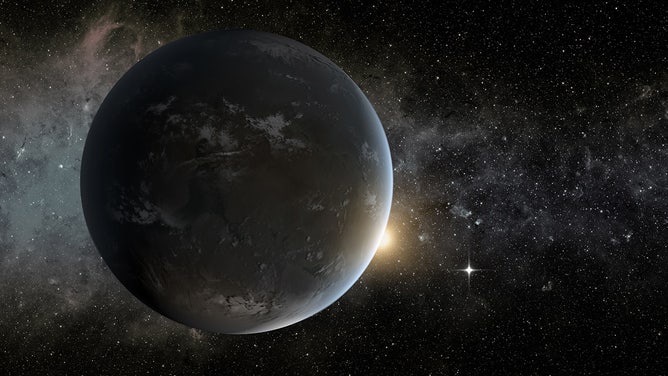
Artist's concept of an exoplanet.
(NASA / NASA)
The exoplanets in this study, however, may have an alternate heat source that makes liquid water beneath their icy crusts possible.
SCIENTISTS DISCOVER EARTH-SIZED, ‘HABITABLE ZONE’ WORLD JUST 100 LIGHT-YEARS AWAY
"Our analyses predict that these 17 worlds may have ice-covered surfaces but receive enough internal heating from the decay of radioactive elements and tidal forces from their host stars to maintain internal oceans," said Lynnae Quick, Ph.D., of NASA’s Goddard Space Flight Center and lead author of a paper on the research published Oct. 4 in the Astrophysical Journal.
This phenomenon can be found in our own solar system, according to NASA.
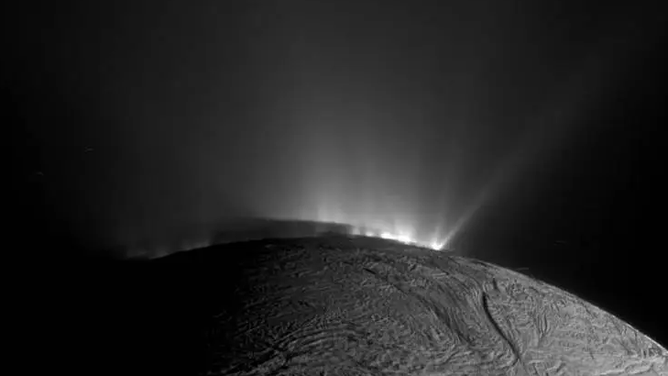
Jets of water shoot from Enceladus on Nov. 30, 2010.
(NASA / JPL-Caltech / Space Science Institute)
Europa, a moon of Jupiter, and Enceladus, a moon of Saturn, are both able to have oceans beneath their icy crusts due to the gravitational pull from their respective planets, along with nearby moons. This gravitational pull creates tides that generate heat on ice-covered Europa and Enceladus.
Because of this internal heating on the 17 exoplanets, scientists believe that the subsurface oceans may be capable of shooting liquid water through their icy crust. These cryovolcanic eruptions could be in the form of geyser-like plumes, Quick said.
In fact, scientists were able to identify two of the exoplanets, named Proxima Centauri b and LHS 1140 b, where those eruptions could be observed with telescopes.
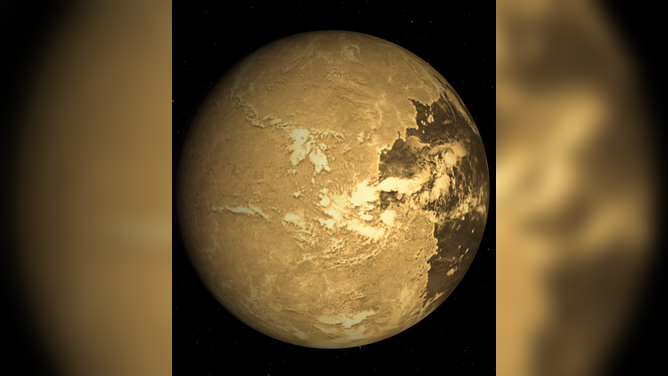
Artist's concept of Proxima Centauri b.
(NASA / NASA)
Additionally, NASA said the research team was able to calculate the amount of geyser activity on all the exoplanets in this study. These calculations are the first time such estimates have been made.
ASTRONOMERS FIND 2 LIKELY ‘WATER WORLD’ EXOPLANETS
The geyser activity could even be observed when the exoplanets pass in front of their host stars, according to NASA. They noted that certain colors of starlight would be dimmed or blocked by water vapor from the geysers.
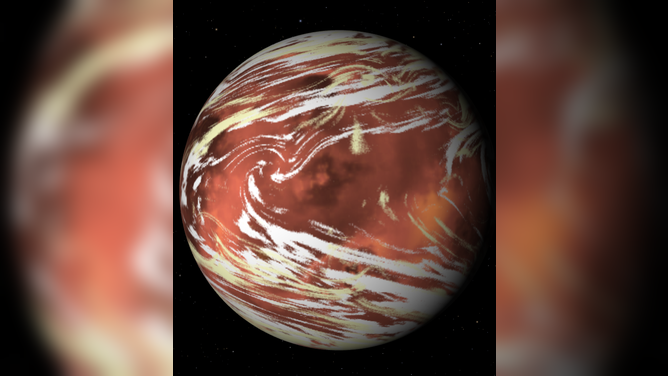
Hypothetical visualization of LHS 1140 b.
(NASA / NASA)
NASA added that analyzing this blocking or dimming of starlight may help scientists determine what elements and compounds exist in the water being shot through the geysers. This is because elements and compounds absorb light at different "signature" colors, allowing scientists to learn about the water’s composition and habitability potential.
Elements and compounds, along with an energy supply, are other necessities for life, NASA said. They note that on Earth, energy and nutrients make life possible for entire ecosystems that live in complete darkness at the bottom of oceans near hydrothermal vents.
